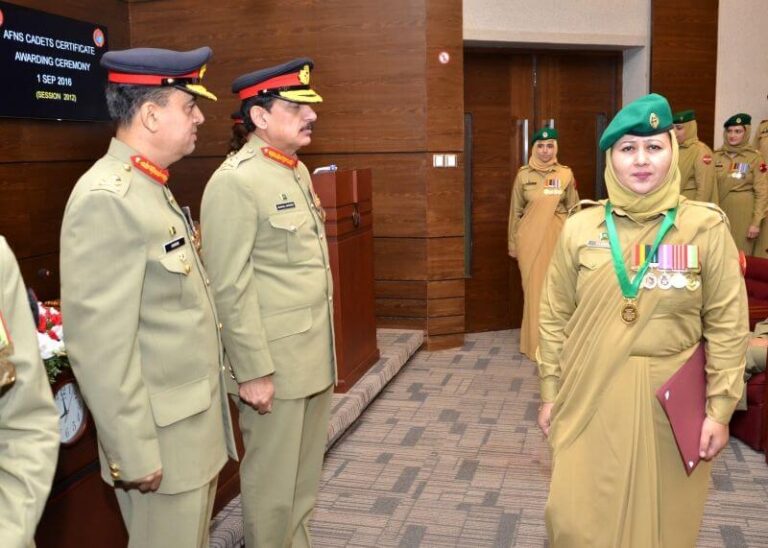LAT Anwer Key 2024 [HEC LAT 4 February]
Are you looking for Law admission test answer key 2024? You are in the right place here is the LAT Answer Key. HEC Law Admission test result with toppers analysis. NOTE: HEC 4th February 2024 Paper With Answer Key Uploaded on Webiste TheEducator.Pk Visit TheEducator.Pk to check Answer Key of HEC LAT 4 February 2024…
![LAT Anwer Key 2024 [HEC LAT 4 February]](https://mdcat.net/wp-content/uploads/2019/07/LAT-Answer-Key-2019-768x512.jpg)
![NUMS Past Papers [All Papers PDF]](https://mdcat.net/wp-content/uploads/2019/03/nums-past-papers-768x432.png)

